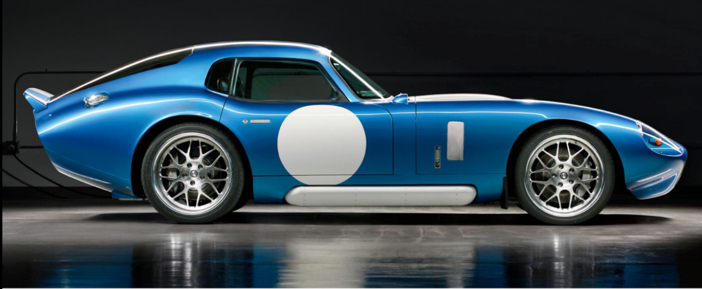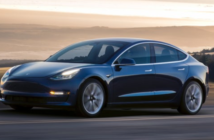The story is a Silicon Valley cliche: Friends start a company in a garage that they hope will change the world. But car geeks Christopher Heister and Jason Stinson weren’t looking to invent the next PC. They wanted to build the first American all-electric supercar, a coupe that would outperform Tesla’s $100,000 Model S sedan. After quitting their jobs–Heister, 39, worked at LightSurf, where camera-phone technology was developed in the late nineties; Stinson, 46, designed microprocessors at Intel–the duo began imagining the Renovo (Latin for “renew”). Four years later, it’s a reality.
Their invention has 500 horsepower and a Ferrari-like 0-to-60 time of 3.4 seconds. The car’s proprietary lithium-ion battery pack runs at a much higher voltage than the competition’s, so it can charge in as fast as 30 minutes. Also, it has less copper wiring, lowering the weight of the car for faster acceleration. (The Renovo sacrifices some efficiency: It gets 100 miles on a single charge, about half of the Tesla’s range.)
Heiser and Stinson’s big win may be more in how Renovo looks on the outside than what’s inside. The teardrop design is based on the sixties-era Shelby Daytona Coupe, the first U.S.-built vehicle to win the World Sportscar Championship and the one that ended Ferrari’s dominance of the 24 Hours of Le Mans in 1965. “After a lot of research, it became obvious that Shelby was a perfect match,” Stinson says. “It delivers amazing performance, stays light, and is instantly recognizable as an American car.”
They got Peter Brock, the couple’s original designer, to widen the chassis for the large motor–but otherwise, the aesthetic remains intact. The frames and bodies are constructed at Shelby’s factory in Las Angeles and delivered to Renovo’s Palo Alto, California, headquarters, where the cars are built and tested. It turns out, Stinson says, that microprocessors and electric engines aren’t all that different: “They’re fundamentally large, complex electrical systems. One just has a lot more power than the other.” Starting at $529,000. Available for preorder now, with deliveries planned for early 2015.




